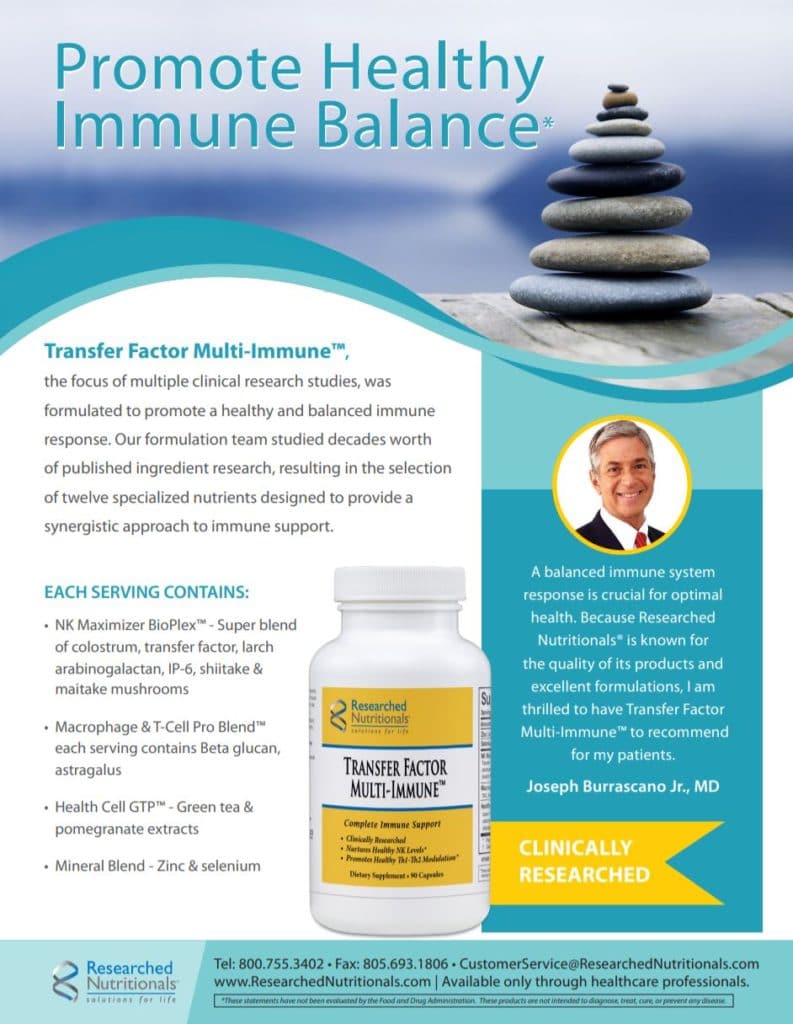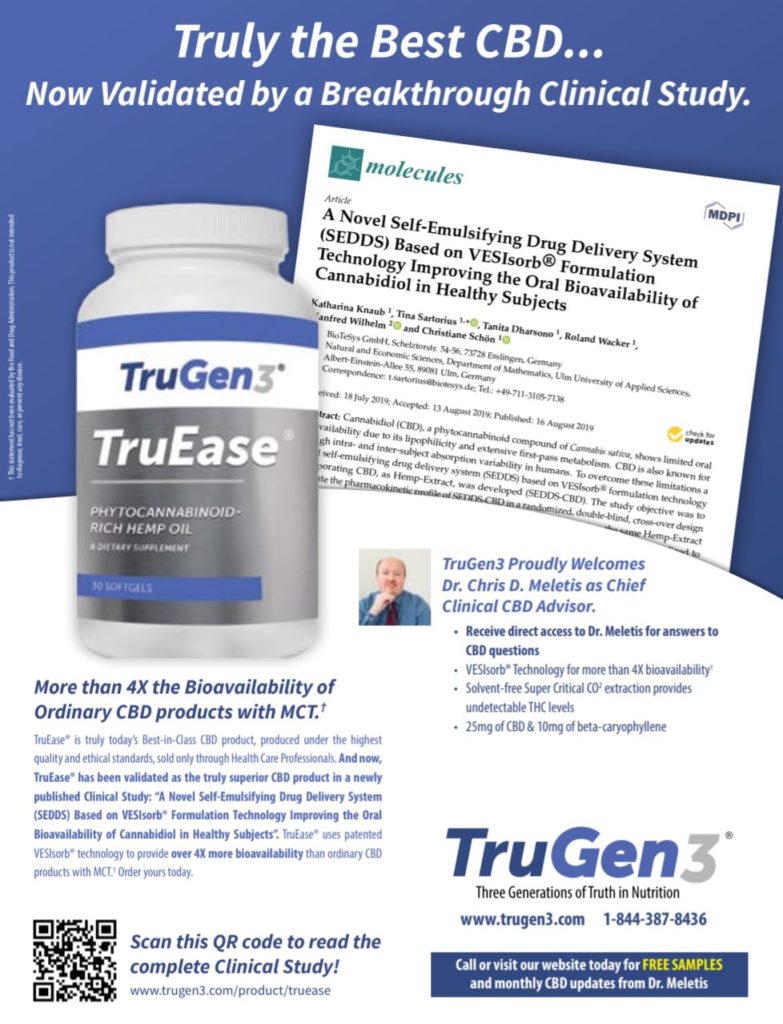…article continued:
Taurine levels in vegetarians and vegans are generally much lower than for omnivores.16 In one study, plasma taurine levels in vegans were about 78% of the control values, and 24-hour urine taurine values were only 29% of control values. The difference between plasma and urine values becomes important when you are measuring taurine levels in your patients.
Testing for Taurine: Reference Ranges and Expected Ranges
I work for a lab that does taurine testing and was involved with the development of the taurine reference ranges. We chose to collect a 24-hour sample and report our results in µmoles/24 hours. The strong epidemiological research that assessed taurine levels worldwide used this collection period and unit of measure, and we wanted to be able to compare results, not to a “normal” population, but to what the research had demonstrated were healthy levels of taurine – the point at which cardiovascular disease mortality actually starts to drop. The results were very clear in the research. For men, that point is when they reach 24-hour urine taurine values of 2000 µmol/24h or more. Once taurine levels fall below 1000 µmol/24h in men, cardiovascular disease mortality rises steeply. For women, the steep rise begins when taurine levels fall below 750 µmol/24h.
Laboratories, including ours, usually develop a reference range based on collecting samples from a large group of “normal” individuals. The ends of the reference range are determined by calculating the standard deviation setting the range between two standard deviations on either side of the mean. That is a perfectly acceptable method to use for most applications, but there is a very real problem in using that method to assess taurine levels.
A “normal” population of individuals in the United States (or Canada) is probably not eating much fish or seafood. There will be some exceptions to this, but for most people, fish once every couple of weeks—like the Campo Grande population—is probably closer to the norm. So if we set a reference range based on that norm, a patient with very low taurine values could easily be within the normal reference range. Since the purpose of this test is to assess cardiovascular mortality risk in order to better treat our patients, knowing that they are “normal” is not that useful. Remember, the US ranks 46th in longevity and has more than three times the number people dying from heart disease as Japan. Rather than using a “normal” reference range, we chose to use an “expected” range, in which the patient’s values are measured against what the expected levels would be in a healthy—or in this case, lower risk—population.
A second thing to consider is whether plasma levels can be “translated” to urine values for the purposes of assessing risk. Aside from the differences in collection, methodology and units of measure, the difference between plasma and urine values is dramatic, as seen in the study of taurine levels in vegans. Urine values when compared to the control group told a much different story than plasma levels. This underscores the importance of using a 24-hour urine sample to measure against the expected urine range for a low risk population.
Supplementing with Taurine
What if your patient doesn’t like fish, or is allergic to fish? Or what if they are a committed vegan? Is supplemental taurine as beneficial as taurine obtained from eating seafood? Yamori, et. al., in their 1996 study, reported taurine levels in a Tibetan population which ate no fish or other meat because of their religious beliefs. This population also tended to eat a high amount of salt. As a result, about 40% of the population had high blood pressure, which was double the world average of 20% for hypertension prevalence. Many of these individuals, who ranged in age from 48-56 (or fairly young by today’s standards), had severe hypertension, with systolic values over 200 mmHg. Yamori and his team did an intervention study with this group in which each person took 1 gram of taurine, in their tea, three times a day for a total of 3 grams of supplemental taurine daily. Within two months, subjects experienced a significant drop in both systolic and diastolic blood pressure.3
Three grams a day, in divided doses does seem to be a pretty typical dosing regimen for taurine. Taurine is a very inexpensive supplement and is available in capsules as well as powders that can be added to smoothies. It is also a common ingredient in so-called energy drinks or sports drinks. A 250 mL can of a popular energy drink contains 1000 grams of taurine. However, energy and sports drinks containing taurine may also include 90-300 mg of caffeine, as well as sugar or aspartame, and should not be considered a useful source for this nutrient in most cases.
References
- Life Expectancy by Country and in the World (2020) – Worldometer. https://www.worldometers.info/demographics/life-expectancy/. Accessed October 17, 2020.
- Deaths from ischemic heart disease by country 2017 | Statista. https://www.statista.com/statistics/313080/deaths-from-ischemic-heart-disease-in-selected-countries/. Accessed October 13, 2020.
- Yamori Y, et al. Distribution of twenty-four hour urinary taurine excretion and association with ischemic heart disease mortality in 24 populations of 16 countries: Results from the WHO-CARDIAC Study. In: Hypertension Research. Vol 24. Hypertens Res; 2001:453-457.
- Yamori Y, et al. Taurine as the nutritional factor for the longevity of the Japanese revealed by a world-wide epidemiological survey. In: Advances in Experimental Medicine and Biology. Vol 643. Adv Exp Med Biol; 2009:13-25.
- Yamori Y, et al. Low cardiovascular risks in the middle aged males and females excreting greater 24-hour urinary taurine and magnesium in 41 WHO-CARDIAC study populations in the world. In: Journal of Biomedical Science. Vol 17; 2010.
- Sagara M, et al. Taurine in 24-h urine samples is inversely related to cardiovascular risks of middle aged subjects in 50 populations of the world. Adv Exp Med Biol. 2015;803:623-636.
- Schaffer S, Kim HW. (2018, May 1). Effects and mechanisms of taurine as a therapeutic agent. Biomolecules and Therapeutics. Korean Society of Applied Pharmacology. https://doi.org/10.4062/biomolther.2017.251
- Ripps H, Shen W. Review: Taurine: A “very essential” amino acid. Mol Vis. 2012;18:2673-2686.
- Schaffer SW, et al. Physiological roles of taurine in heart and muscle. Journal of Biomedical Science. 2010;17: S2.
- Katakawa M, et al. Taurine and magnesium supplementation enhances the function of endothelial progenitor cells through antioxidation in healthy men and spontaneously hypertensive rats. Hypertension Research. 2016; 39(12): 848–856.
- Sun Q, et al. Taurine Supplementation Lowers Blood Pressure and Improves Vascular Function in Prehypertension: Randomized, Double-Blind, Placebo-Controlled Study. Hypertension. 2016; 67(3): 541–549.
- Abebe W, Mozaffari MS. Role of taurine in the vasculature: an overview of experimental and human studies. American Journal of Cardiovascular Disease. 2011;1(3), 293–311.
- Neuronal Death by Glutamate Excitotoxicity: Protein Mediators & Strategies for Inhibition: R&D Systems. (n.d.). Retrieved October 26, 2020, from https://www.rndsystems.com/resources/articles/neuronal-death-glutamate-excitotoxicity-protein-mediators-strategies-inhibition
- Scicchitano BM, Sica G. The Beneficial Effects of Taurine to Counteract Sarcopenia. Current Protein & Peptide Science. 2018; 19(7): 673–680.
- Laidlaw S, Grosvenor M, Kopple J. The taurine content of common foodstuffs. Journal of Parenteral and Enteral Nutrition. 1990; 14(2): 183–188.
- Laidlaw SA, et al. Plasma and urine taurine levels in vegans. American Journal of Clinical Nutrition. 1988; 47(4): 660–663.
- Tong TYN, et al. Risks of ischaemic heart disease and stroke in meat eaters, fish eaters, and vegetarians over 18 years of follow-up: Results from the prospective EPIC-Oxford study. BMJ. 2019; 366.
- Roysommuti S, Wyss JM. Perinatal taurine exposure affects adult arterial pressure control. Amino Acids. 2014; 46 (1): 57–72.







